How to run an FTP test, why it's useful and how to train your power output [FTP]
FTP stands for Functional Threshold Power and refers to the maximum power output in wattage you can maintain during 60 minutes. You can determine your own FTP value by doing an FTP test. But what can you use this information for? We want to tell you all about FTP, how you can determine it using an FTP test and how you can use this data for your own bike trainings. And as a bonus, we’ll also provide you with FTP training programs you can use to plan your own bike training.
FTP is a term that’s being used more and more in bicycle racing and mountain biking. This is because you can use your FTP value to accurately realise your own strengths and improve them. When you know your own FTP, you can adjust your training accordingly.
Everything about FTP, FTP testing and what you can use it for
- What is FTP?
- What do you need for an FTP test?
- How to run an FTP test
- An FTP test using Zwift, Trainerroad or The Sufferfest
- Let our FTP Calculator work out your traning zones
- How much wattage is normal for a racing cyclist or a mountain biker?
- Your heart rate during your FTP test
- How to determine your Threshold Heart Rate (THR)
- What to use FTP and THR for
- What are training zones?
- Training schedules for starters, advanced cyclists and experts
What is FTP?
We already explained that FTP stands for Functional Threshold Power. This is the power output in watt or Watt per kilogram that you can maintain for 60 minutes.
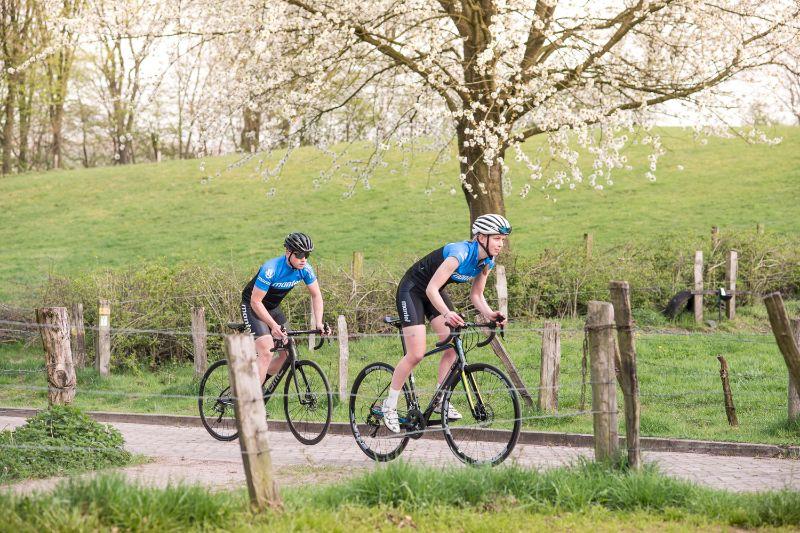
Are you cycling faster than your FTP? You won’t be able to keep this up for a full 60 minutes. Are you going slower? Then you will be able to continue for a full 60 minutes. Incidentally, this 60 minutes is to be taken loosely. Sometimes you’ll be able to maintain your FTP significantly shorter or longer.
FTP is called that because, when cycling with higher power output, your body produces more lactate than it can break down. The lactate will accumulate in your muscles, which will start aching more. When you produce more lactate than you can break down, it means you’re past the threshold.
The only way to break down the lactate excess is to cycle slower. This allows you to produce (much) less lactate, which gives your body the opportunity to break down the excess.
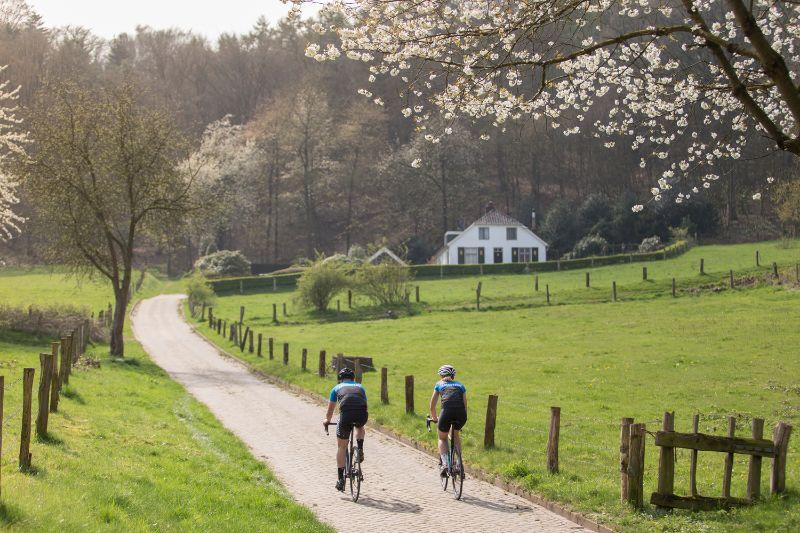
You can only determine your FTP by doing an FTP test or a stress test. A common method to determine your FTP is a cycling test that requires you to cycle at full strength for 20 or 60 minutes.
What do you need for an FTP test?
For an FTP test, the first thing you’ll need is something to measure your power output. This is denominated in wattage. To determine this, you can use a power meter. Many current smart turbo trainers have a built-in power meter which makes them very useful.
Of course you’ll also need a cycling computer that provides a read-out of your power meter’s wattage and saves it. The cycling computer can also measure your cadence and heart rate.
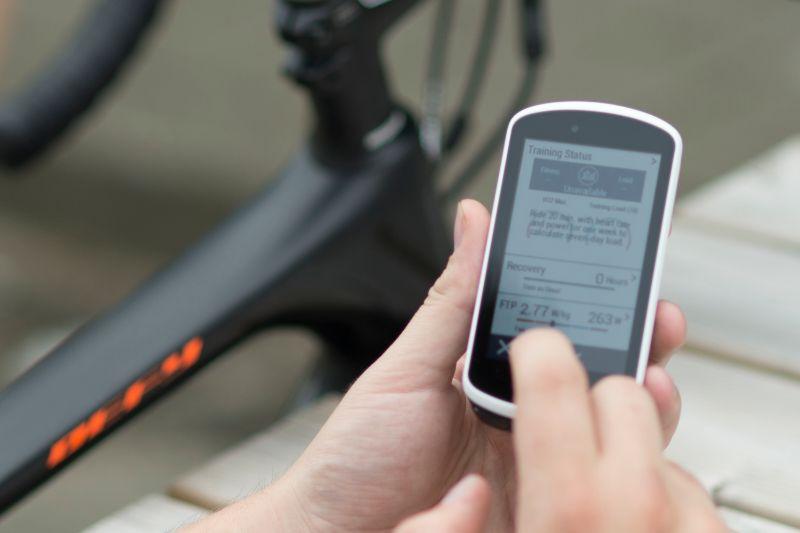
In addition, a heart rate monitor is also a must. The extra data gives you an even better indication of your endurance. It also makes it easier to compare results, if you do an FTP test frequently.
Something to keep in mind is your weight. This will allow you to convert your wattage to wattage per kilogram of body weight. This value provides an even better representation of your power output.
Structured FTP training with cadence
A cadence sensor is also vital. This measures your precise pedaling speed. By varying this speed, you can structure your trainings more precisely.
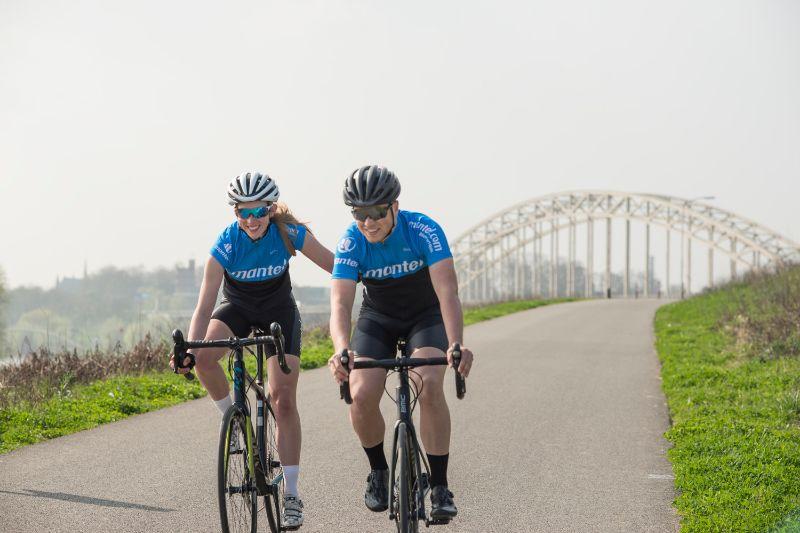
For example, for recovery and endurance training, it’s best to keep your cadence between 90 and 100 revolution per minute. Are you power training? Then a lower cadence between 65 and 75 is better.
Power meters often have a built-in cadence sensor. As do some turbo trainers. Especially if you’re planning to use your FTP test results to do structured training, a cadence sensor is indispensable.
How to perform an FTP test on your bicycle
There’s a couple ways to go about performing an FTP test. Firstly, you can choose between a short or a long FTP test. The short test lasts 20 minutes, the long test lasts 60 minutes. This excludes warming-up or cooling-down.
Multiplying the result of your 20-minute FTP test with 95% nets you a pretty accurate estimate of your 60-minute FTP value.
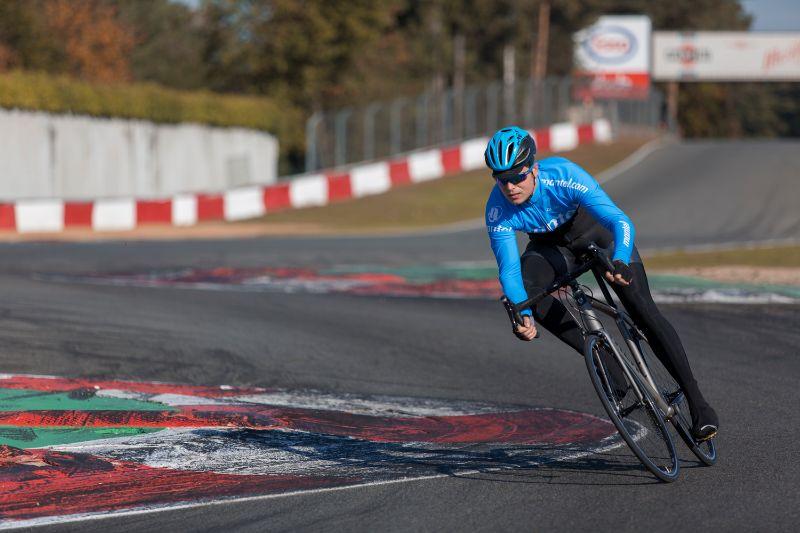
For the FTP test itself you’ll need to find a level road with few to no obstacles. It’s easier and more practical to use a turbo trainer. You can mount your bicycle and power meter, or you can use the turbo trainer’s built-in power meter.
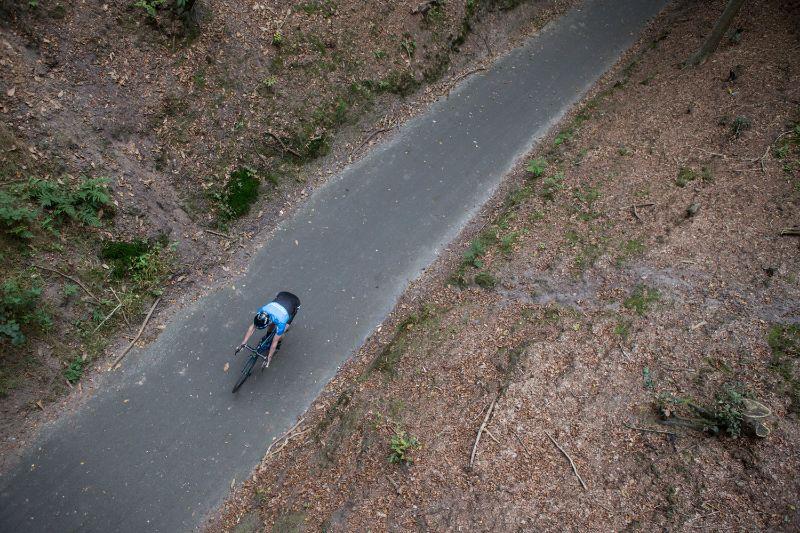
It’s vital for an FTP test that you can keep cycling without interruptions. For 20 minutes, you’ll need to give it your all. Braking and even avoiding unexpected obstacles will negatively impact your result.
Your FTP test’s structure
- Warming-up
Start with a 20-minute warming-up. Pick a low endurance speed. You’ll need to warm up your muscles properly for the best result. - 3 x 1 minute high cadence / 1 minute rest
Pedal at a high speed for 1 minute with a cadence of around 100 revolutions per minute. This allows your body to get used to the exertion of the FTP test. Repeat this three times and rest for 1 minute between intervals. - 5 minutes continued cycling
Lastly, continue cycling calmly for the last 5 minutes of your warming-up. Have a drink, monitor your breathing and prepare for the real test. - The 20-minute FTP test
Start your cycling computer’s timer and cycle at full force for 20 minutes. Try not to sprint, since you’ll need to maintain this speed for 20 full minutes. This is where the lap function of your cycling computer comes in handy. If you stop it right after the test, you’ll be able to tell exactly how many watts you cycled during the 20 minutes. - Cooling-down
The cooling-down is an important part of your FTP test. You just gave it your all and your body needs to unwind and break down all the toxins from your muscles. Keep cycling at a low tempo for at least 15 minutes, longer if you want!
An FTP test on a turbo trainer with training software
Are you the owner of a turbo trainer and a (paid) subscription to online software such as Zwift, The Sufferfest or Trainerroad? You can do an FTP test within this software too.
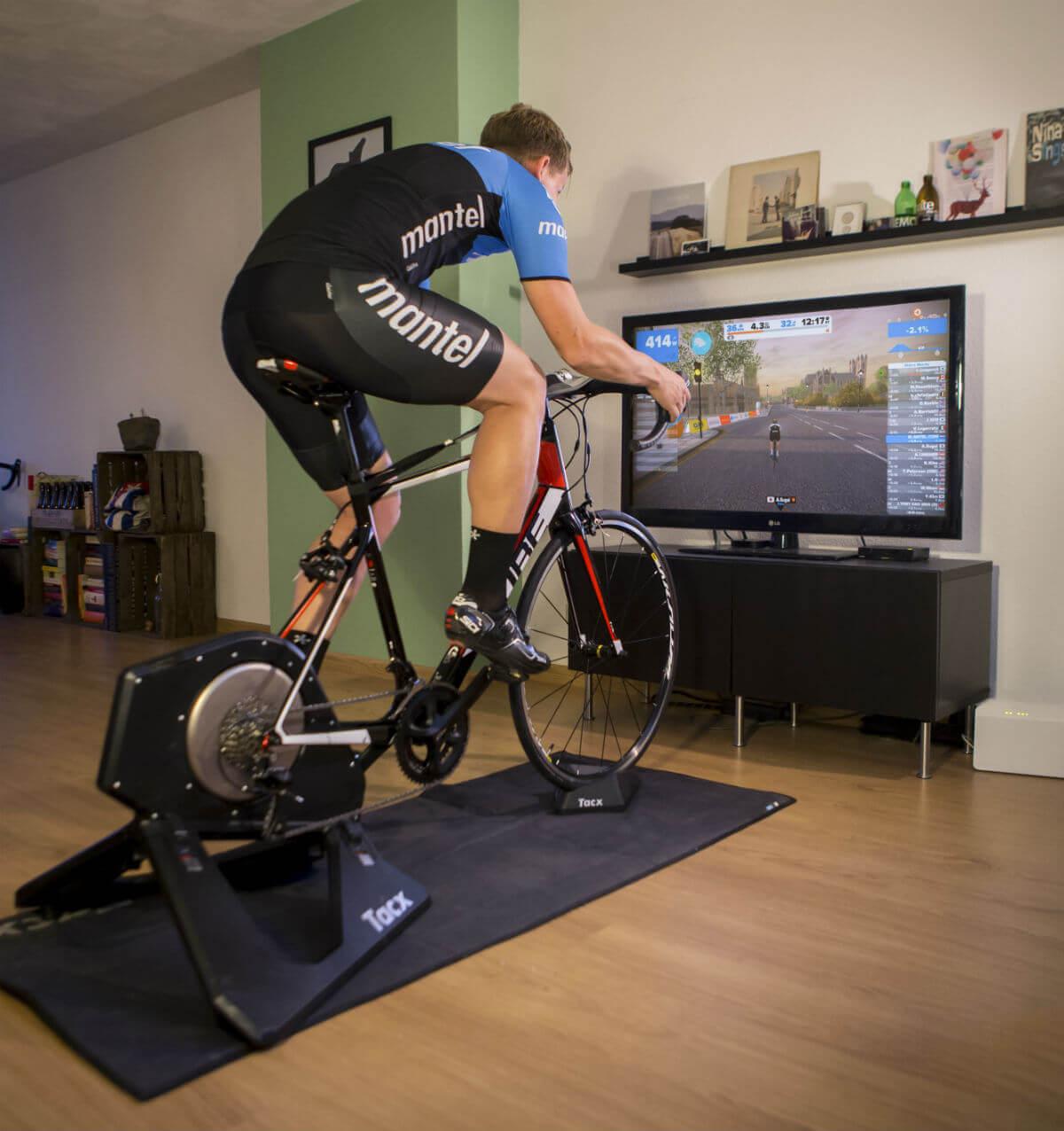
A turbo trainer offers the advantage of you not having to hold back and being able to give everything without disturbances. Often, you’ll be able to do a pre-programmed training with integrated strength training, warming-up and cooling-down.
By using this software, you’ll often get a usable result. This allows you to see your FTP right away. Additionally, you’ll be able to save your FTP data and use it within the software to train very focused.
Your FTP test results - your wattage during cycling
After your cooling-down you can process your results. You could manually determine your FTP in watt and your FTP in W/kg using a calculator. However, we created a handy FTP calculator that does it for you. You’ll also be able to see the wattage corresponding to your FTP value per training zone.
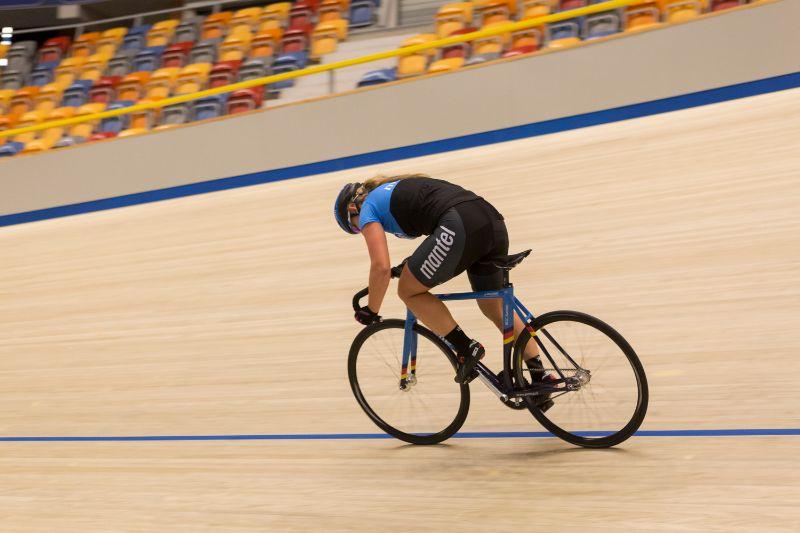
First, fill in the average wattage of your 20-minute FTP test. We’ll convert the results of your 20-minute test to your 60-minute FTP. Also fill in your weight and - if you know it - your Threshold Heart Rate (THR).
Your THR is the threshold of your heart rate and the maximum heart rate you can keep up for longer periods of time. You can use your average heart rate measured in the FTP test, but you can also determine your THR separately.
FTP Calculator
[ftp_calculator_en]
What do these results mean?
In the calculator’s result, the first thing you’ll see at the top is your wattage per kilogram of body weight. This value is useful to compare your performance to that of others.
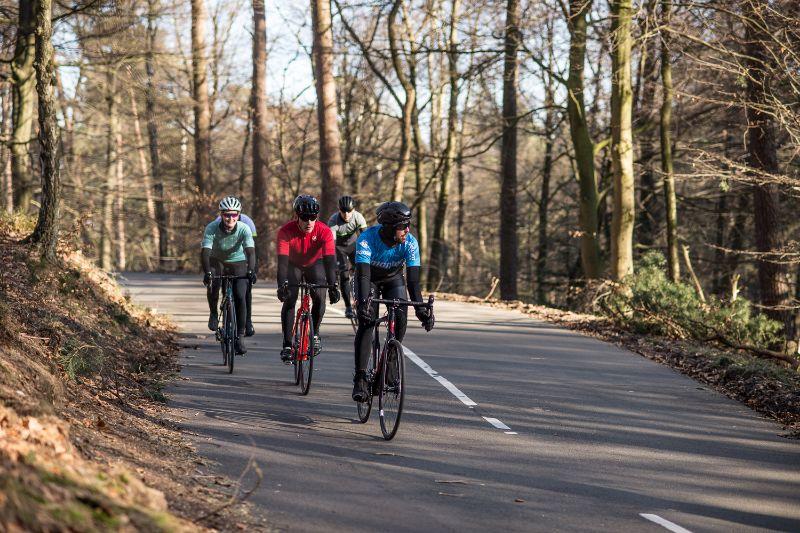
The right-hand side of the table with results shows how high your wattage needs to be for every training zone. If you also filled in your THR, below ‘heartbeat’ the table will show your heart rate that corresponds with that training zone.
To compare your FTP to that of others, we made a table that shows how ‘good’ different wattages are. Take this with a grain of salt. Some people are very focused on their FTP and have become very adept at a short FTP test.
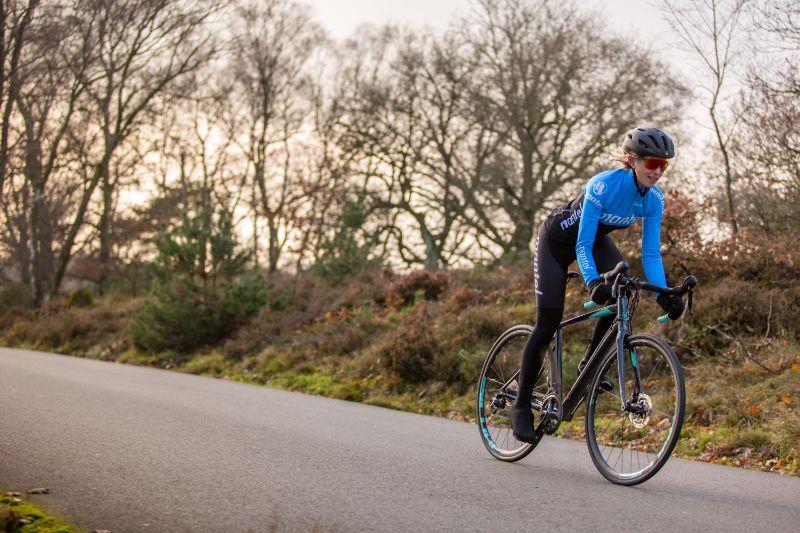
Mainly use your FTP value to monitor your own progress. The more you train, the stronger you’ll become. You’ll likely lose weight as well. Your wattage per kilo will (slowly) rise, which in turn makes you feel faster and fitter!
How much wattage is normal for a racing cyclists or a mountain biker?
| Level | Men | Women |
| Recreational | < 2.5 watt/kg | < 2.2 watt/kg |
| Amateur | 2.5 - 3.5 watt/kg | 2.2 - 3.2 watt/kg |
| Competitive racing cyclist | 3.5 - 4.5 watt/kg | 3.2 - 4.1 watt/kg |
| Elite competitive racing cyclist | 4.5 - 5.5 watt/kg | 4.1 - 4.9 watt/kg |
| Professional cyclist | 5.5 - 6 watt/kg | 4.9 - 5.4 watt/kg |
| Classification winners | > 6 watt/kg | > 5.4 watt/kg |
Comparing your FTP to that of other cyclists?
Compare your FTP to that of other cyclists in the table above. For convenience, we used a 30-year old man or woman as a point of reference. That’s roughly your peak age. Are you older? Then you can add 1% per year to your W/kg for an indication of how high your FTP is compared to that of others.
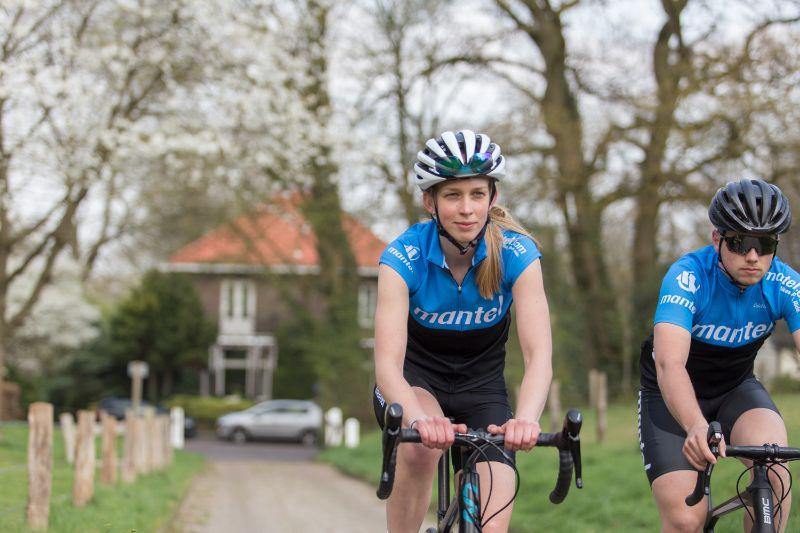
So that’s not an adjustment factor for your FTP, but you can use it to see how you compare to other athletes of different ages. This allows you to compare your FTP to that of others.
Let’s say you’re a 50-year old man who averages 3.3 W/kg. This means you could add 20 percent to that, 1 percent for every life year above 30, to roughly determine your level. So 3.3 + 20% = 3.96%. The same age adjustment factor applies to women.
Your heart rate during your FTP test
Your heart rate during an FTP test and during training can say a lot about your condition. Is your heart rate lower than you’re used to during intense trainings? This could be a sign you’re fatigued or possibly getting ill.
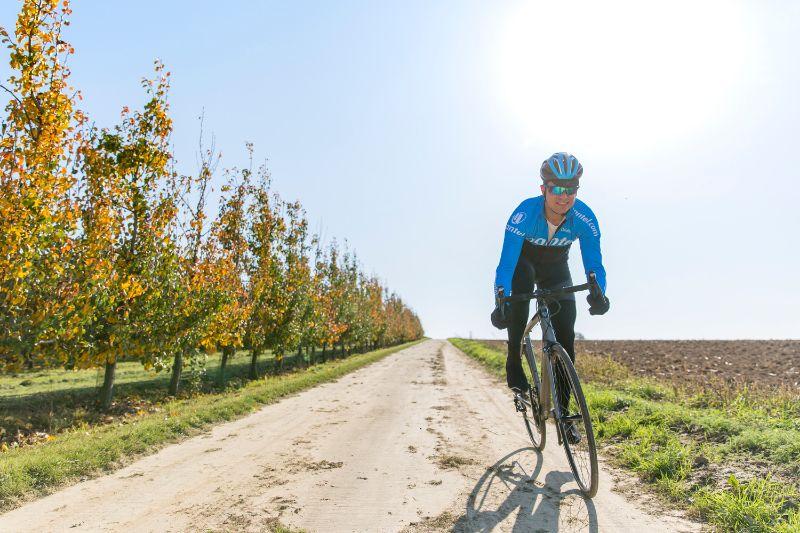
When training intensively, does your heart rate rise above your threshold easily? This can signify your body was well-rested before starting the training.
You do need to monitor your heart rate over a longer period of time than the wattage you generate. This is because your heart rate needs some time to adjust to the intensity of your training.
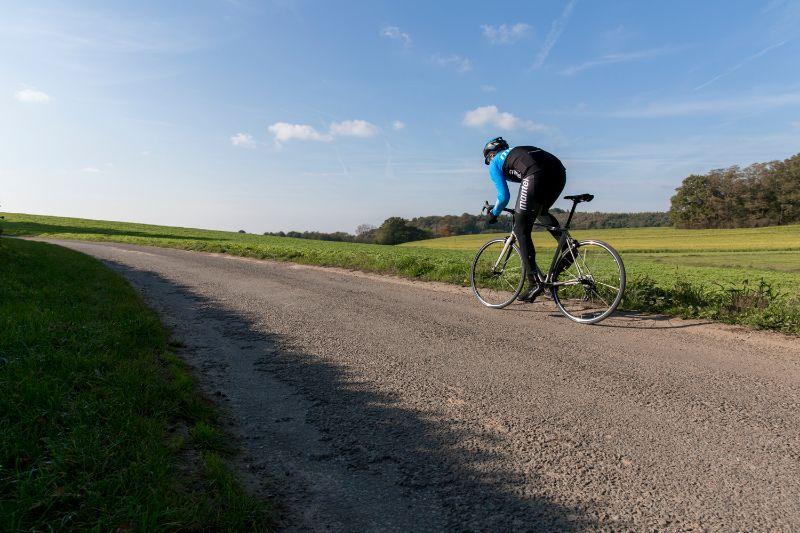
For example: does your training consist of a few 30-second sprints? It’s likely that your heart rate will only rise after 15 seconds and reach its maximum at the end of your sprint. Afterwards, it can last up to a minute or more for your heart rate to lower again.
Heart rate says something about your shape, not the intensity
A sub-30km/hr speed at 95% of your maximum heart rate might not sound impressive on paper. However, if you know you were cycling in a hurricane, of course that’s not a bad result.
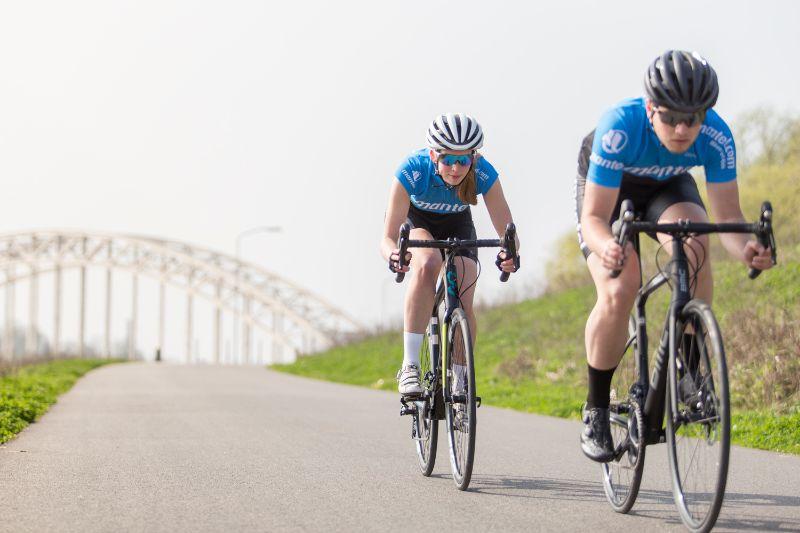
Your heart rate value on its own can be quite misleading if it’s the only thing you’re using to determine your training and shape. If you aspire to train seriously, it’s important to look at more than just heart rate.
In this case, a power meter will provide you with a much more accurate representation of your training intensity. It will show you the exact wattage corresponding precisely with the moment of exertion.
Determine your optimal and maximum heart rate
To assist you even better with your training, you can also fill in your Threshold Heart Rate (THR) in our calculator. You can determine this value together with your FTP. It’s also possible to do a separate test.
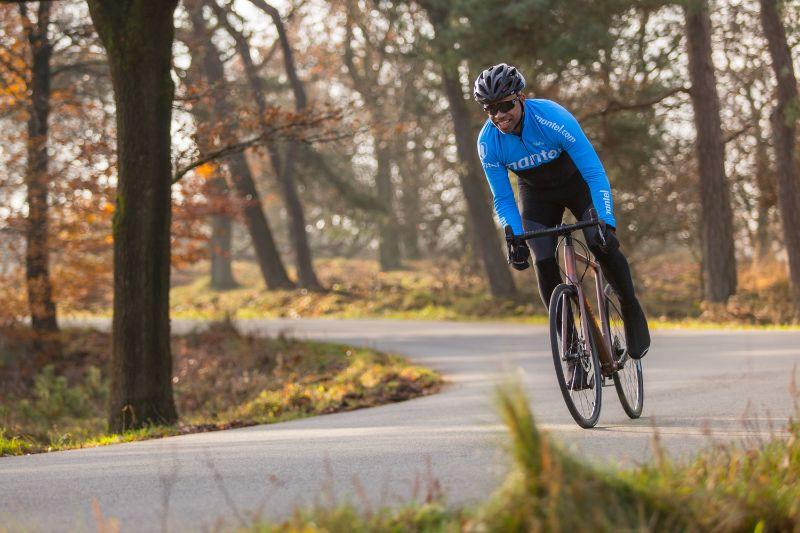
To measure your THR, naturally you’ll need a heart rate monitor and a cycling computer with lap functionality. Are you not measuring your THR using your FTP test? That’s an option too. Start with a short, 10-minute warming-up. Then speed up to time trial tempo.
After 10 minutes, mark the start of your THR reading by pressing the round button. Now cycle in time trial tempo (so at a max) for 20 minutes. After these 20 minutes, press the round button again. Now you’ll have cycled an exact 20 minute lap at your maximum heart rate. This is the value you can use as THR.
What to use FTP and THR for
Now that you know your FTP and optionally your THR, you can use the data from the FTP calculator to determine your training zones. To optimise your trainings, we had our training expert (and trainer of three master level world champions) put together training schedules for every level.
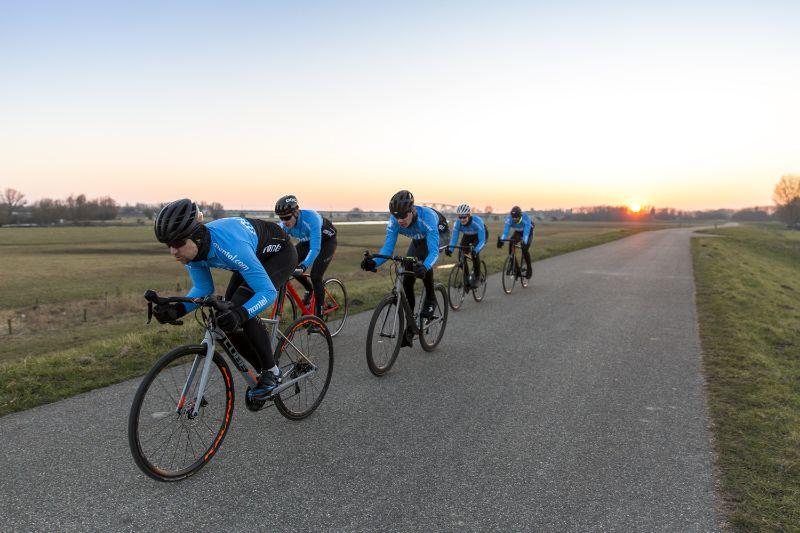
For every training, you’ll be able to see for how long you should maintain what training zone. By training in a very structured way, you’ll be able to really improve. When you do an FTP test every 4 to 6 weeks, you’ll be able to closely monitor your improvement.
What kind of training in which training zone?
Every training zone has a fixed minimum and maximum FTP value. These are fresh from our FTP calculator. But what are different training zones for and what’s the benefit of training in a particular zone?
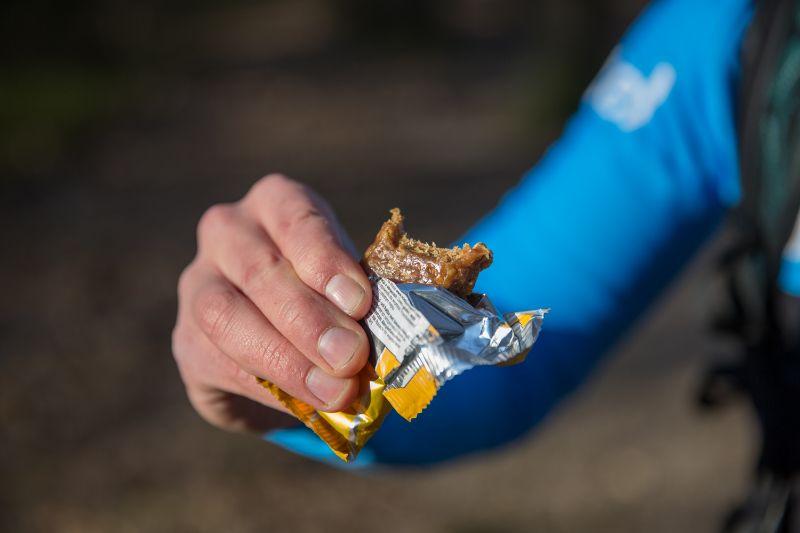
First of all, it’s important to realise that a structured training alternates between different zones. One day you’ll do an endurance training in zone 2, the day after you’ll do a short but intensive training in zone 7.
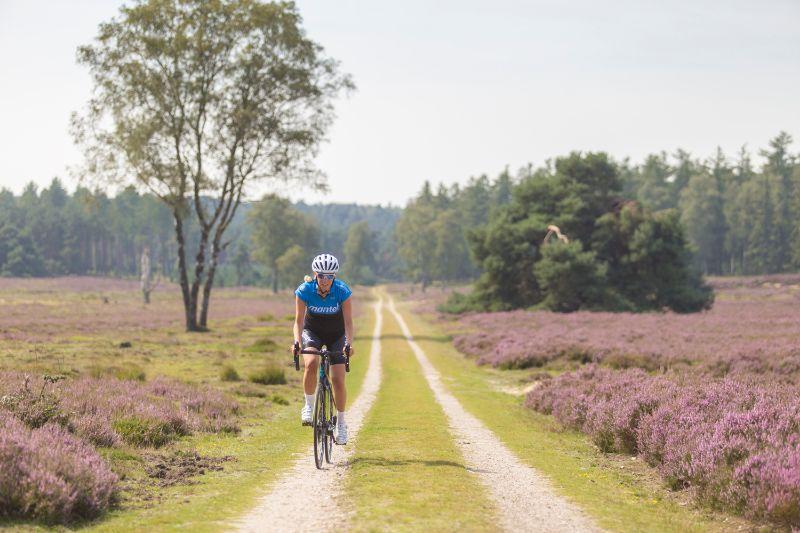
And the day after that you could be training in zone 4. By alternating zones, you’ll become better at every zone, which will allow you to improve your FTP. What to do in different zones is explained below.
The 7 training zones
Zone 1 - Active recovery
In zone 1 you’re only focused on recovery. Training in this zone often occurs the day after a competition or very intense training.
Zone 2 - Endurance
During a zone 2 training, you’ll work on your endurance. This means a nice, long ride, but at a speed that’s easy to maintain for an entire day. Endurance training lasts 3 hours at least.
Zone 3 - Tempo
A zone 3 tempo training is starting to become a lot more intense. You’ll be cycling just below your FTP value. This is a tempo you can maintain for longer, but the difference with endurance training you won’t be able to talk to your cycling buddies as much.
Zone 4 - Threshold
You’ll be cycling at near-FTP speeds during a zone 4 training. A threshold training consist of a multitude of relatively long intervals. Starting with this zone, it’s important to take extra care of your nutrition before and after your training.
Zone 5 - VO2-max
Zone 5 is all about short intervals. For example: an uphill sprint on a mountain bike or a peloton breakaway on a road bike. Repetition is key. Between intervals, you allow your body to reasonably recover.
Zone 6 - Anaerobic
In zone 6 your trainings are interspersed with short but intense intervals. This will allow you to train intermediate sprints or a varying mountain bike course with multiple steep climbs back to back. In this zone you’re training to acidify your muscles. You’ll produce a lot of lactate, but give your body just too little time to break it down. This will train your body to break down lactate faster.
Zone 7 - Neuromuscular (max)
This zone is about extreme performance. You’re giving it your all, which you’ll only be able to maintain for roughly 10 seconds. A true sprint training like this is necessary to make your body work harder and faster.
Training schedules
By training in a structured way in different training zones, you’re teaching your body to handle different levels of exertion. This mean you won’t always end up in zone 3 if you’re tempo training, climbing or attempting an escape.
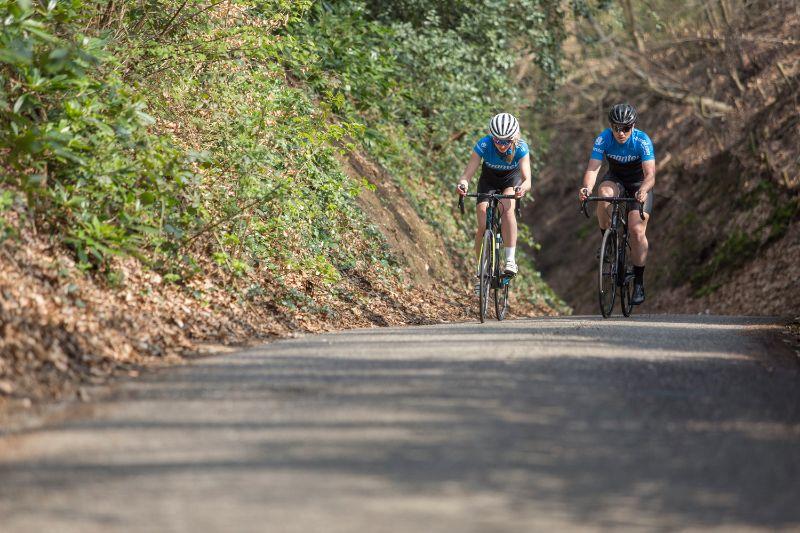
The result is you’ll have more energy reserves and recover faster after a short sprint or a climb. This means your body will use your energy reserves more efficiently.
By training properly you’ll instruct your body to choose fat metabolism over carbohydrate metabolism. This allows you to maintain high speeds for longer, which in turn allows you to conserve energy for when it really matters.
Training schedules for every level
But what makes a training structured? We made training schedules for three different level. Using this schedule, you’ll be able to improve easily in just two months.
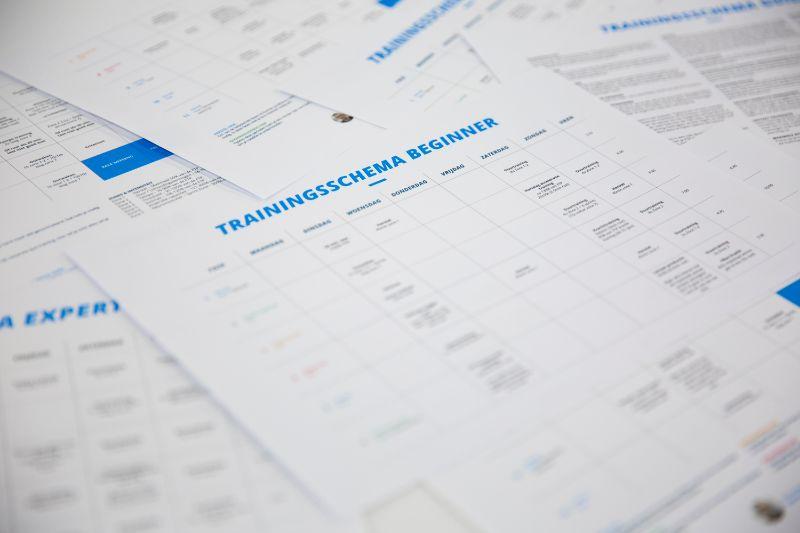
At the end of every training schedule you’ll find a final goal. This can be a long tour or perhaps even a real competition. The aim is to prepare yourself optimally to peak, all in the allotted time of a training schedule.
The training schemes can be printed out straight away: all you need to do is download them and press ‘print’. We have training schedules for beginners, a schedule for advanced cyclists and a training schedule for experts.
Mees Janssen
I am very occupied with everything that has to do with cycling in my spare time. The fact that I get to do this during my job as well makes it all the more special. Since I live in Arnhem, I like to go cycling in my “backyard” (de Posbank) with my road bike or mountain bike. Besides cycling myself, I also love to watch professional cycling on the tv. My television is doing overtime during the summer, because I like to follow all the big cycling tours like the Giro, the Tour de France and the Vuelta. It may come as no surprise that when the Giro d´Italia crossed Arnhem in 2016, I was over the moon!
Related posts

Gift ideas for Christmas: a perfect present for every cyclist!
8 December 2023Gift ideas for Christmas: a perfect present for every cyclist!The Christmas holidays are just around the corner! If you ...

What winter cycling gear do I need for which temperature? [Buyer's Guide]
18 October 2023The leaves on the trees are slowly turning shades of red and yellow ...
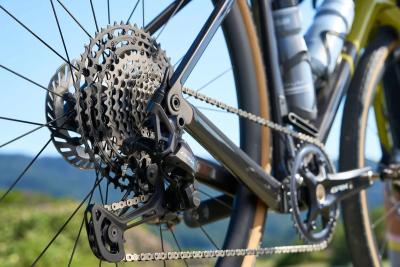
Shimano Launches New Mechanical 12-speed Gravel GRX 820 and 105 R7100 Road Bike Groupsets
31 August 2023The cycling world is constantly innovating to improve performance and the cycling experience ...
 Nederland
Nederland België
België Deutschland
Deutschland United Kingdom
United Kingdom Finland
Finland Ireland
Ireland Luxembourg
Luxembourg Portugal
Portugal Poland
Poland Österreich
Österreich France
France España
España Italia
Italia Sverige
Sverige Danmark
Danmark










































































































































































































































